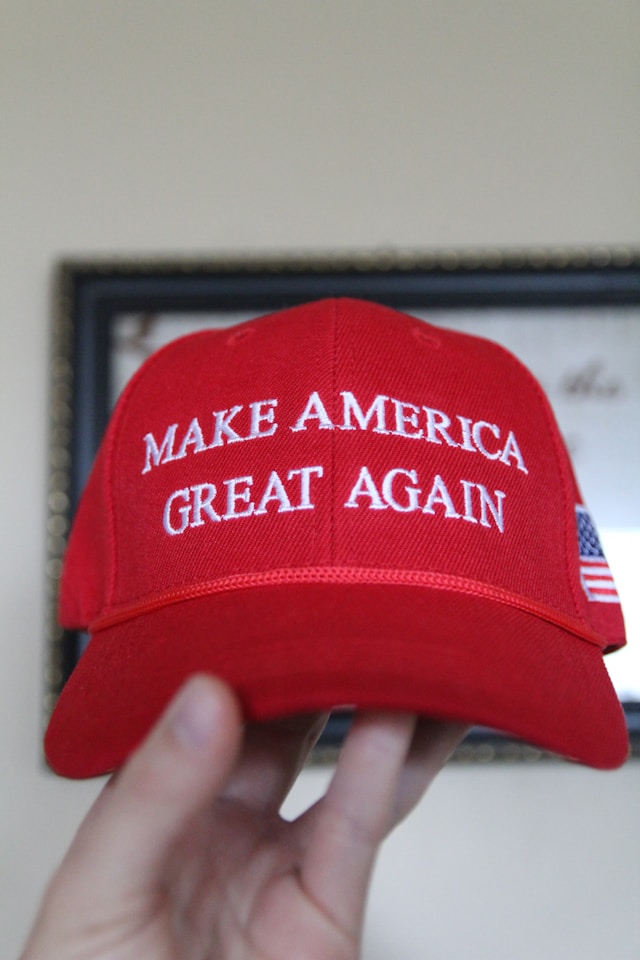AMD Stock Forecast: EPS Growth and Earnings Outlook Ahead of November 2025 Report
$$259.26
AMD Stock Forecast: EPS Growth and Earnings Outlook Ahead of November 2025 Report
03 Nov 2025, 13:48

Unsplash.com

During his latest address to Congress on Tuesday evening, U.S. President Donald Trump reiterated his commitment to imposing tariffs on key global trading partners while also taking aim at government subsidies for semiconductor manufacturers.
Trump’s remarks followed the enforcement of his newly introduced tariffs—20% on Chinese imports and 25% on goods from Canada and Mexico—earlier that day. This move signals a potential escalation in global trade tensions.
The President announced that from April 2, the U.S. will implement reciprocal tariffs against major economies, matching the duties imposed on American exports. He highlighted what he called unfair trade policies, pointing specifically to automobile tariffs imposed by India and South Korea.
“We’ve been exploited for decades, and that stops now,” Trump declared. “Tariffs are about bringing prosperity back to America and restoring our economic strength.”
Additionally, he proposed making interest payments on American-manufactured automobiles tax-deductible, positioning this measure as a way to boost domestic production.
While advocating for these economic policies, Trump assured American farmers that they would ultimately benefit, though he cautioned that there might be an “adjustment period” as new tariffs on agricultural imports take effect from April 2.
Turning to the CHIPS Act, Trump condemned the legislation as a “disastrous initiative,” criticising the Biden administration for allocating billions of dollars to what he deemed an ineffective program.
He argued that the funds should instead be redirected toward reducing national debt and urged Congress to repeal the act while using any remaining resources to ease fiscal burdens.
The CHIPS Act, implemented during Biden’s presidency, aimed to strengthen U.S. semiconductor manufacturing through nearly $100 billion in federal subsidies. Major beneficiaries of the act include industry giants like Intel (NASDAQ: INTC), TSMC (NYSE: TSM), Samsung Electronics (KS: 005930), and Texas Instruments (NASDAQ: TXN). With the rise of artificial intelligence and ongoing efforts to limit China’s access to advanced chip technologies, U.S. semiconductor production has become a critical focus.
In his first joint session address since returning to office in January, Trump outlined key accomplishments of his administration within the past six weeks. He highlighted enhanced border security, efforts to ramp up domestic energy production, and significant reductions in government spending.
Trump reaffirmed his commitment to broad tax cuts, urging Democrats to support a proposed bill aimed at slashing taxes. He also insisted that his administration would soon balance the federal budget, despite projections indicating that his tax policies could contribute trillions to the national deficit.
“We are reducing taxes on domestic production and manufacturing,” Trump announced, noting that these tax reductions would be retroactive to January 20, 2025.
He didn’t shy away from criticising the Biden administration, blaming them for inflationary pressures, including rising food prices. Additionally, he denounced ‘Diversity, Equity, and Inclusion’ initiatives, asserting that “America will no longer be dictated by woke policies.”
Trump’s second term has thus far been defined by aggressive trade tariffs, budget cuts across various government agencies, and significant deregulation efforts. He also spotlighted wasteful government spending, citing a report from the newly established Department of Government Efficiency, led by Tesla (NASDAQ: TSLA) CEO Elon Musk, who attended the address. Trump praised Musk for his role in cutting federal expenditures.
On immigration, Trump reaffirmed his commitment to stringent border security measures. He also announced the imminent implementation of the “Gold Card” program, a $5 million U.S. visa designed to attract high-net-worth individuals to the country.
As Trump forges ahead with his policy agenda, the effects of his tariff strategy and economic plans remain closely watched by domestic industries and international trading partners alike.
(Sources: investing.com, reuters.com)